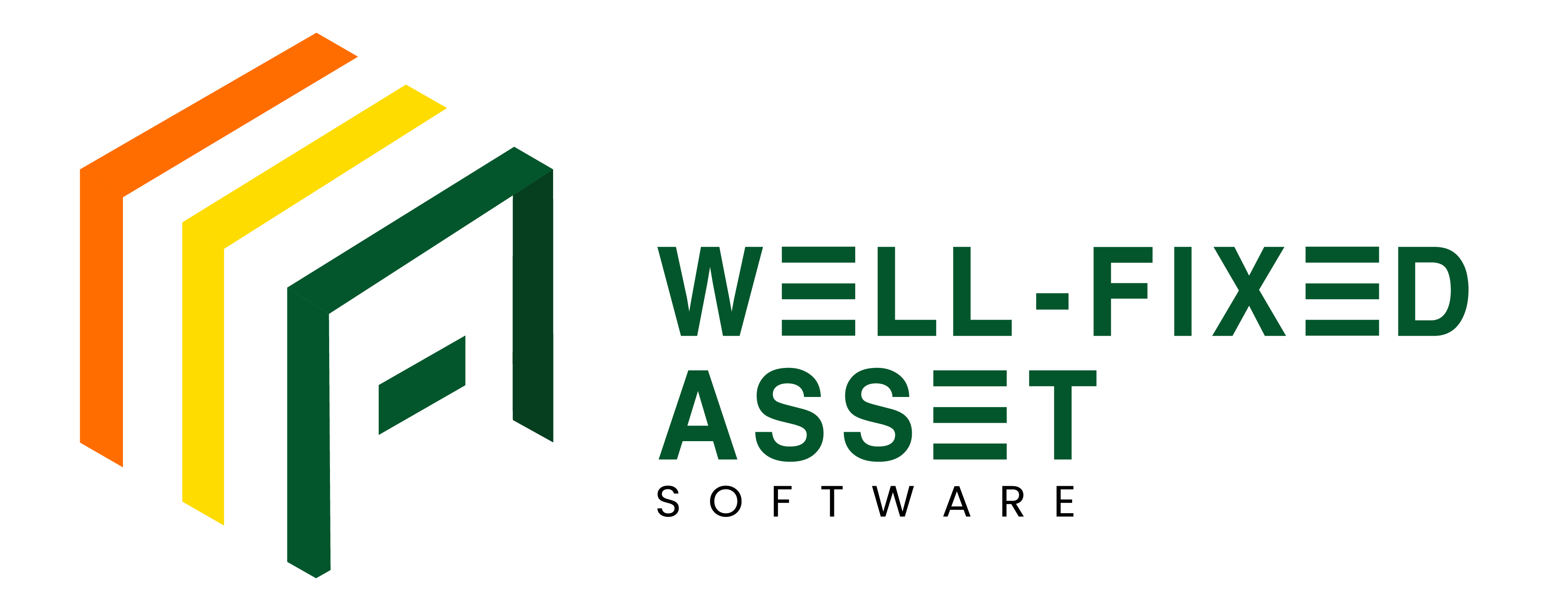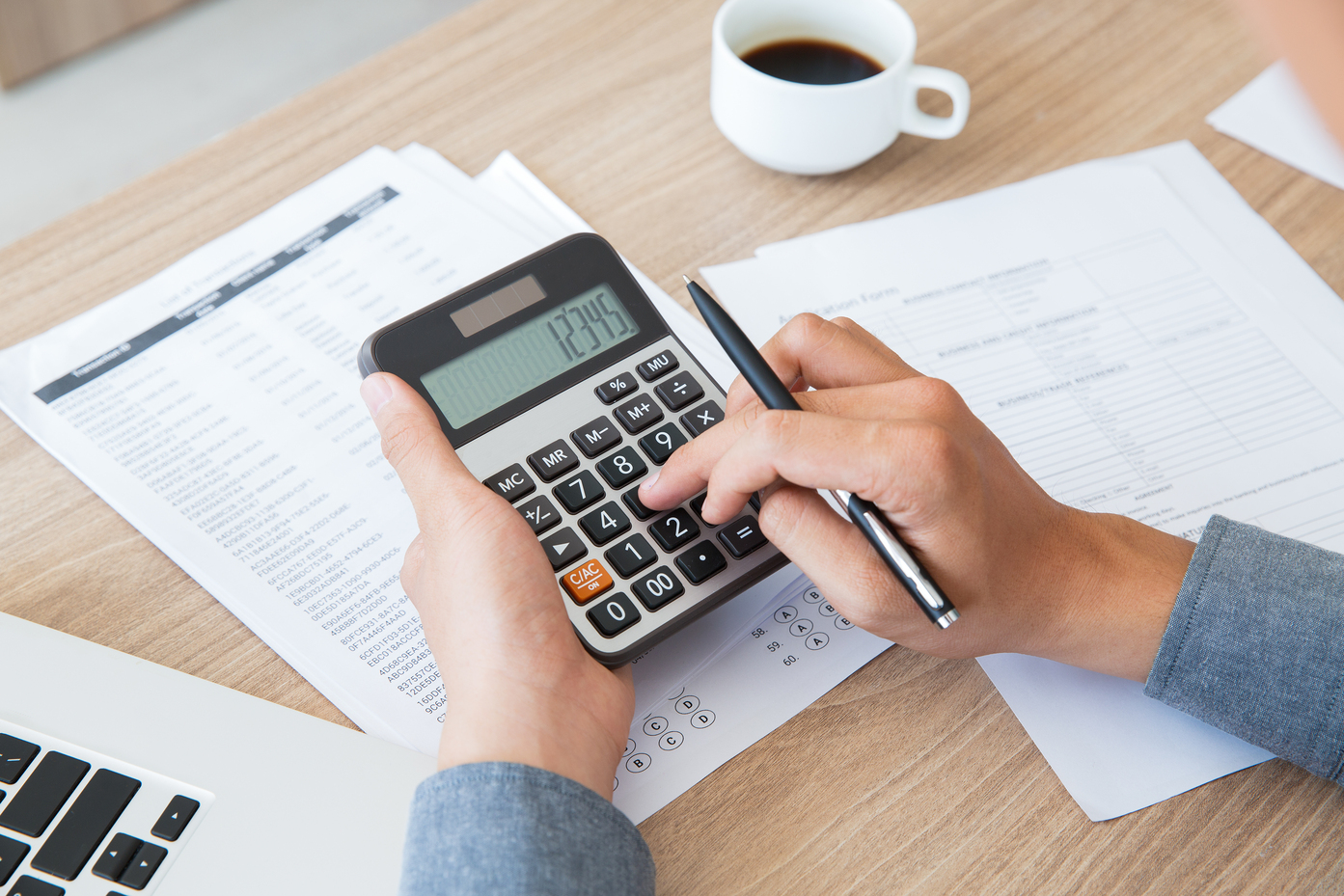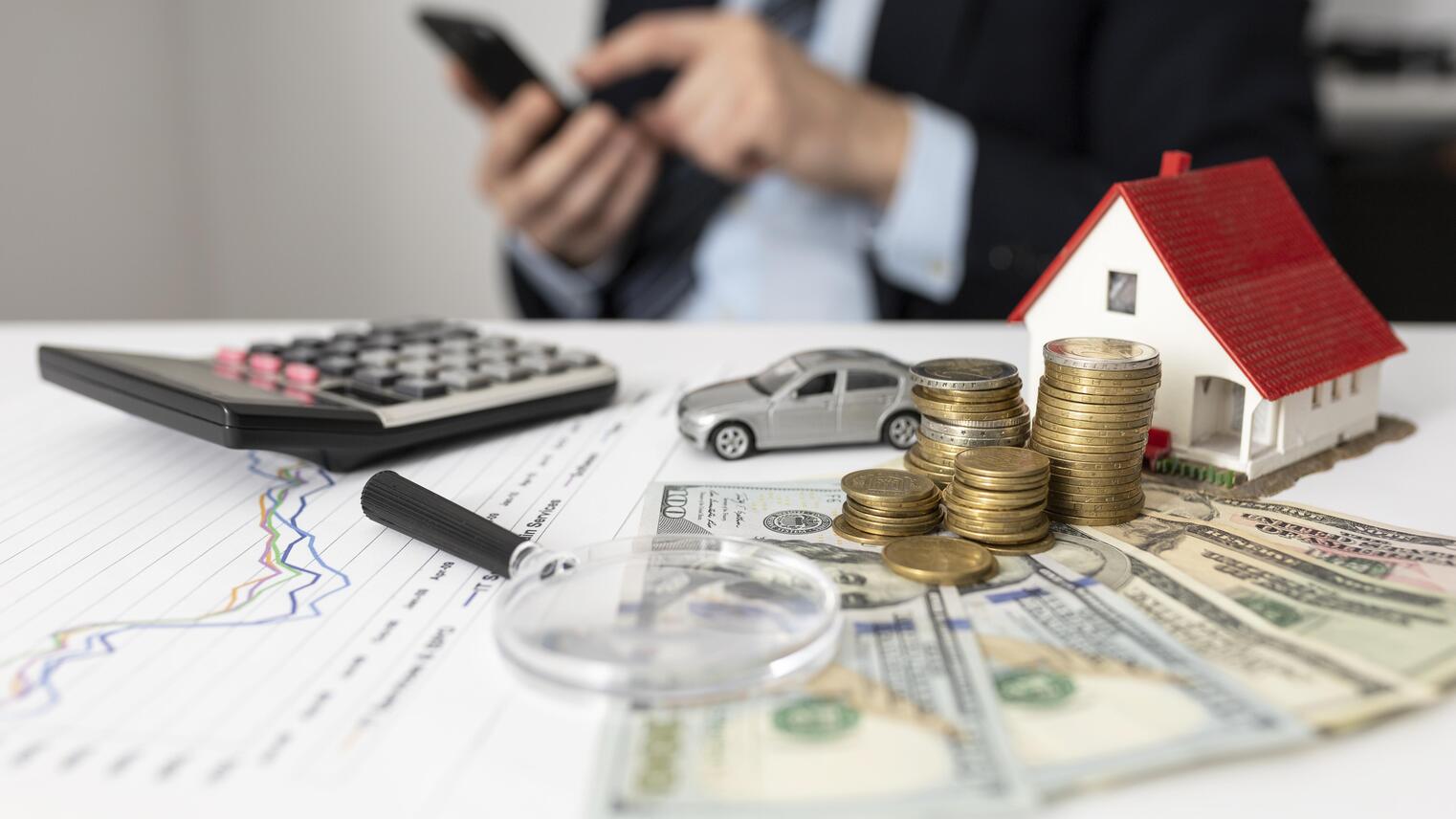Principle of Fixed Asset Bookkeeping
Fixed assets of the business are taken for bookkeeping for that asset at the cost price paid for the acquisition of such assets, including supply expense and asset preparation to maintain usability condition. Therefore, freight, import tax, insurance premium. In addition, installation expense and machinery test run as an expense until that asset is ready for use and shall be added in the cost price of that asset.
Declaration of Asset Item in Balance Sheet is declared in the cost price deducted by accumulated depreciation.
Accumulated Depreciation means the amount of depreciation that is deemed as an expense in previous years, and it is classified as the account in the type of valuation of the fixed asset.
Book Value is cost price deducted with accumulated depreciation.
Fixed assets of the business may be derived from various methods as follows.
1. Assets Purchased by Cash or Credit
2. Assets Purchased according to Installment Payment. According to the purchase of installment, the legal title has not been transferred to the buyer until price is completely paid. However, in practice, when trading is agreed, the buyer will do the bookkeeping of the asset with the present value of that asset according to the trading agreement contract date. The buyer posts it to be payable by the outstanding amount of debt. The variance will be recorded as the prepaid interest account, and it will be adjusted to be transferred into the interest account based on the occurring accounting period.
3. Assets Purchased by Share Certificate Issuance Method. In case the company pays asset price by the share certificate or debenture of the company, bookkeeping of the cost price of the asset will be done in the following price.
- 1. Bookkeeping based on market price of capital stock or debenture certificate.
- 2. Bookkeeping based on market price of asset is applied in the case that the market price of the issued security is unknown.
- 3. Bookkeeping based on cost appraisal of the asset is applied in case that the market price of the issued security and market price of the asset is unknown.
4. Assets Acquired by Trade-In. When a business takes the existing primary asset to be traded-in for a new asset, it must be sometimes paid in cash or other assets may be additionally transferred for trade-in. When trading-in, the primary asset will be transferred out at book value and cash payment is simultaneously paid as agreed. The part of the new asset obtained is recorded at a price depending on the accounting policy of the business as follows.
- 1. Bookkeeping of new assets at the book value of the primary asset plus additional money paid. According to this method, the profit and loss variance from asset exchange is unavailable.
- 2. Bookkeeping based on Trade-in Price plus additional cash paid.
- 3. Bookkeeping based on the present market price of an asset of which the certain price is known such as:
- 3.1 Bookkeeping of new asset based on market price
- 3.2 Bookkeeping of new asset based on market price of the primary asset plus additional cash paid.
5. Asset Acquired from Donation or Discovery. In accounting principle, the asset acquired from a donation receipt or discovery in market price is appraised and then the account of that asset is debited. Fund the account of capital from the donation or account of capital from the appraisal of the discovered asset in case of discovery of a natural asset.
6. Self-Built Asset. The calculation of cost price of the asset consists of production costs such as direct raw material, direct labor cost, production overhead, for example, a building that is self-built. Cost price consists of the below items.
- a. Cost price of direct raw material used in construction
- b. Direct labor cost used in construction
- c. Other construction expenses such as depreciation of equipment and construction utensils, drawing expense, construction license fee, work supervision fee, systemization fee, etc.
- d. Insurance premium during construction such as accidental insurance and fire insurance.
- e. Loan interest borrowed for use in construction
TAS 15 of Association of Accountants has set the criteria that posting of borrowing cost (loan interest) is the cost price of the asset. Such cost shall consist of a significant amount, and it is the expenditure of an asset relying on a certain period of time before that asset is ready for use according to the objective or if it is ready for sale.
Loan interest is deemed as the cost price of the asset only if it is entered into the below criteria.
- 1. Actual incurred loan interest
- 2. Loan interest incurred during preparation so that the asset is usable based on objective.
- 3. Loan interest is deemed as the expiry of posting time as cost price of an asset when the asset is completely built and ready for use.
- f. Building decoration expense such as painting, equipment expense and installation expense of building equipment that is inseparable or unmovable such as safe embedded inside the building, etc.
The account of office equipment that is separable or movable with different useful life from the building such as furniture, air-conditioner, elevator, escalator, etc. shall be separated as office equipment.






Leave A Comment